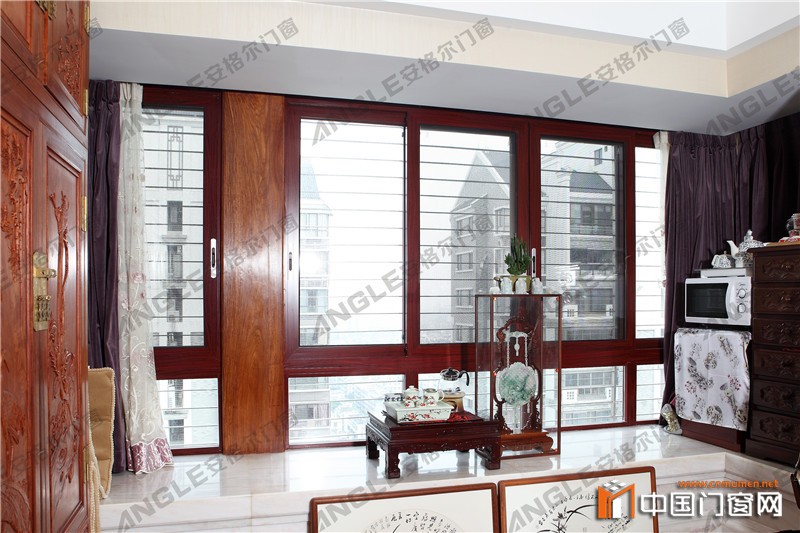At present, there are many kinds of windows, and sliding window is a common one in the building materials market and is also widely used. So what is sliding window? What are the advantages and disadvantages of sliding window?

What is sliding window?
Sliding window: left and right, push and pull up and down. Sliding window has the advantages of not occupying indoor space, beautiful appearance, economical price and good sealing performance. High-grade slide rail is adopted, and it can be opened flexibly with a gentle push. With large pieces of glass, it not only increases indoor lighting, but also improves the overall appearance of the building. The stress state of Casement is good and not easy to be damaged, but the ventilation area is limited to some extent.
Principle of sliding window:
Sliding window is divided into two types: up and down, left and right push and pull. Its principle is to increase indoor lighting and improve the overall shape of the building without occupying the indoor space.
Advantages and disadvantages of sliding window:
Sliding window advantages: Sliding window adopts the casement with pulley track gliding on the window frame. The advantage of this kind of window is that the window does not occupy extra space no matter in the switch state, and the structure is relatively simple.
Sliding window disadvantages: only Casement of 50% can be opened at most, and the air tightness is poor when closed. In recent years, there are improved sliding window using new technologies, which can push multiple Casement to one side and fold them. At the same time, there are also sliding window to improve air tightness, but generally speaking, it still cannot achieve casement window thermal performance and high energy consumption, so this kind of window is rarely used in advanced countries.


